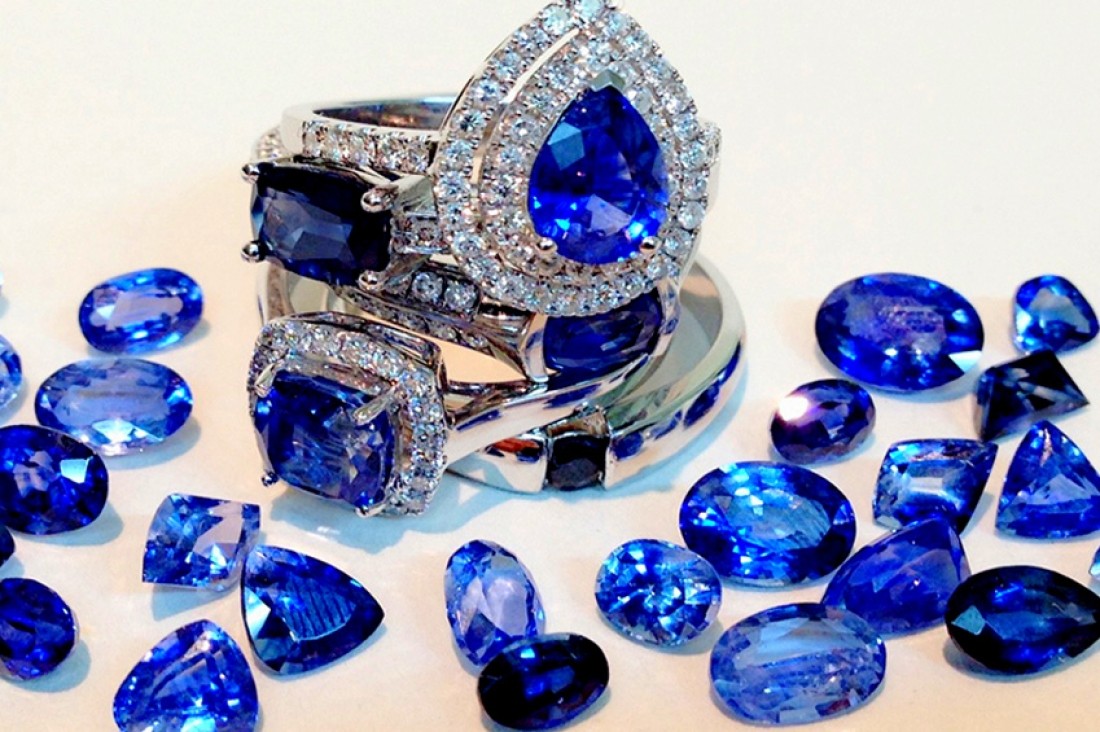Beneath Ceylonese Beauty, Lies the Precious – Sri Lanka, The Island of Gemstones

Sri Lanka boasts a long
history of gemstone production and arguably produces some of the finest gem specimens in the
world. Out of the Sri Lankan gem producing areas, Rathnapura is by far the most prolific
source of world-class gemstones. There is a huge variety of gem types found in Sri Lanka and
Sapphires are the most popular amongst them. While Rathnapura is well known for its
incredible range of gorgeous gems it is also the source of perhaps the finest sapphires in
the world. Other cities in Sri Lanka also help expand the range of stones available from
this one country with Elahera, Rakwana, Katharagama, Balangoda, Okkampitiya, and Kandy – all
providing a source of quality gemstones.
Sri Lanka is also prolific for being amongst the prominent producers of more than 50
varieties of gems which include sapphires. Sri Lanka is one of the most popular and richest
countries in gems and stones. It is also known as the “Treasure Box of the Indian Ocean”
because of the availability of various kinds of precious gems. Sri Lanka has a renowned
center of the country’s mining industry stationed at Ratnapura which is popularly known as
“The Gem Town”. Sri Lanka as a country has been the prominent supplier of the most precious
stones which beautify the crown jewels of various countries like Great Britain and Russia.
The list of gemstones produced by the rich lands of Sri Lanka includes ruby, sapphire,
spinel, the finest chrysoberyl (including cat’s-eye and alexandrite), topaz, tourmaline,
quartz, peridot, moonstone, garnet, zircon and a number of other gemstones.
A brief breakdown of the popular Gemstones in Sri Lanka
Ceylon Sapphires
The Ceylon Blue Sapphire is known for its beauty possessing the glorious cornflower blue
shade as well as for being one of the few sapphires in the world that can be sold as a
completely natural stone without heat treatment. The blues aside, Ceylon sapphires also come
in beautiful hues including pink, yellow, orange, green, purple, lavender and of course, the
inimitable ‘padparadscha’ sapphire named after the lotus flower. All these highly marketable
qualities of Ceylon sapphire has created brand recognition worldwide – a brand not created
by the producers of the stone, but by the sellers and consumers.
Sapphires that show a star-like light effect are called star sapphires; the most famous star
sapphire from Sri Lanka is displayed in the Museum of Natural History in New York. Star
sapphires or star rubies display a star-like marking and this effect, commonly known as
asterism, occurs when light falls on the cut stone, cut in the cabochon form, and three rays
appear giving a six-point star. However, stones with six rays have also been known to
occur.
Lastly, there is milky corundum, a white opaque form of corundum also called geuda, which
for many years was regarded as useless and discarded, often ending up lining fish tanks in
some gemstone merchant’s house. This happened until dealers in Thailand learned to
heat-treat geudas to change the color of the stone from an unattractive cloudy grey-white to
a bright, sparkling blue. They completed the work nature began and ended up with blue
sapphire – of much greater value than a useless pebble. The color of heat-treated blue
sapphires is stable and the chemical composition of the stone is that of sapphire, although
prices are lower than for a similar quality stone with natural color.
* Ruby
Ruby is aluminum oxide, a variety of corundum; it occurs in medium to dark tones of red and
violetish-red to brownish-red.
* Alexandrite
Alexandrite is a variety of chrysoberyl, which ideally shows a distinct color change from
green in fluorescent light or daylight to red in incandescent light.
* Star Stones
Star stones of the corundum family are either star sapphires or rubies. When light falls on
these stones, a star effect is visible (known as asterism).
Sri Lanka is the best-known source for star sapphires and star rubies. Star sapphires range
in color from grey to bluish-grey and from medium blue to medium dark blue. The very
slightly purplish medium dark blue is the best color grade for star sapphires. Star rubies
range from light pink-red to purple-red through deep purple-red. The intense red star rubies
are extremely rare. A good quality star stone should have a high degree of transparency and
a well-defined star with no weak or missing rays. It should be reasonably clean and in the
face-up position, no distracting inclusions or cracks should be seen. There should be no
excess weight at the bottom of the stone